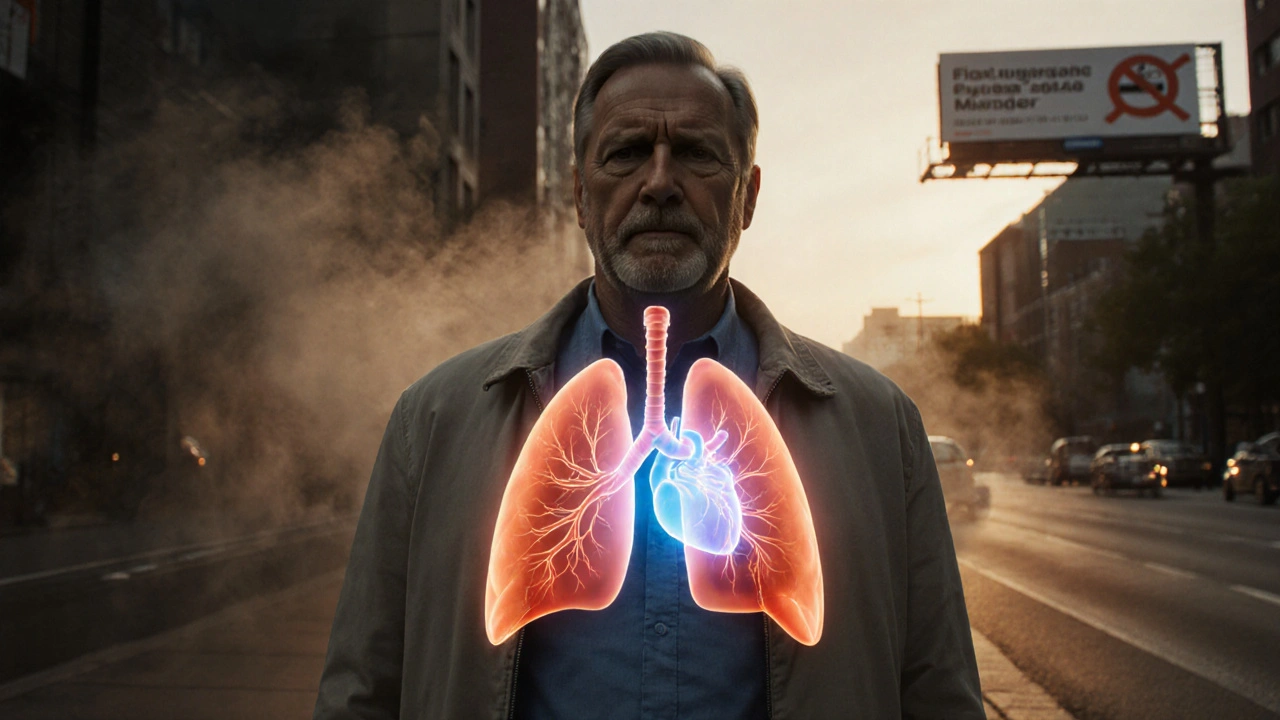Obstructive Pulmonary Disease – Essential Overview
When dealing with Obstructive Pulmonary Disease, a collection of lung conditions that limit airflow and make breathing hard. Also known as COPD, it often shows up as chronic bronchitis or emphysema. The first related entity you’ll meet is Chronic Bronchitis, a long‑lasting inflammation of the bronchi that produces extra mucus. Another essential piece is Spirometry, a simple breathing test that measures lung capacity and helps doctors stage the disease. Finally, Inhaled Bronchodilators, medications that relax airway muscles and improve airflow are the core tools for everyday control.
In plain terms, Obstructive Pulmonary Disease means the airways are narrowed, so you have to work harder to get air in and out. The condition usually develops slowly, but flare‑ups can strike suddenly, leaving you short of breath, wheezing, or coughing a lot. The biggest driver of this narrowing is smoking, but long‑term exposure to air pollutants, genetic factors like alpha‑1 antitrypsin deficiency, and repeated lung infections also play a role. Think of your lungs as a set of balloons; each puff of smoke or pollutant gradually damages the elastic tissue, making the balloons less stretchy. Over time, that loss of elasticity shows up as emphysema, the second major form of the disease.
How the Pieces Fit Together
Obstructive Pulmonary Disease encompasses both chronic bronchitis and emphysema, which together account for most COPD cases. Chronic bronchitis focuses on the lining of the airways, creating thick mucus that blocks the passage of air. Emphysema, on the other hand, destroys the tiny air sacs (alveoli) where oxygen exchange happens, reducing surface area for gas exchange. Managing O.P.D. requires spirometry testing to gauge how far the disease has progressed and to decide which inhaled bronchodilators or corticosteroids are needed. Smoking influences the progression of obstructive pulmonary disease, so quitting is the single most effective step you can take to slow damage.
When doctors talk about treatment plans, they often start with bronchodilators because they give quick relief by opening the narrowed tubes. If inflammation is a big factor, inhaled corticosteroids join the mix to calm the airway lining. Pulmonary rehabilitation—a supervised exercise and education program—helps improve stamina and teaches breathing tricks that make daily tasks easier. Vaccinations, especially flu and pneumonia shots, are also a must; infections can trigger severe exacerbations that land you in the hospital.
Because the disease varies from person to person, you’ll see a range of symptom severity in the articles below. Some readers are looking for ways to quit smoking, others need tips on using inhalers correctly, and a few are curious about the latest guidelines for spirometry interpretation. Whatever your angle, the collection below covers practical steps, common pitfalls, and up‑to‑date research that can help you or a loved one manage this chronic condition.
Ready to dive deeper? Below you’ll find a curated set of posts that break down cholesterol risks, anemia effects, HIV‑related sleep issues, and more—each tied back to lung health wherever relevant. Keep scrolling to get the actionable insights you need to take control of obstructive pulmonary disease today.
Explore the link between obstructive pulmonary disease and heart disease, covering shared risk factors, physiological mechanisms, diagnosis, and treatment strategies for patients fighting both conditions.
